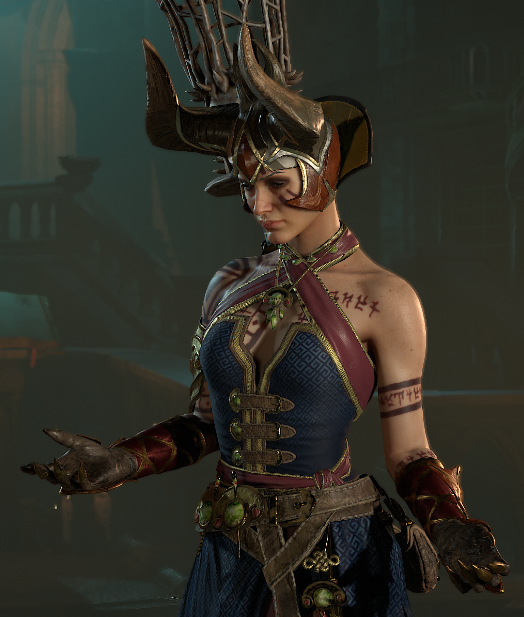Introduction to Indian Clothing Culture
India, with its diverse cultural heritage, boasts a rich tapestry of clothing traditions. Clothing in India is not merely a means of covering the body but a reflection of its history, culture, and social identity. From vibrant sarees to intricately embroidered sherwanis, Indian clothing encapsulates centuries of tradition and style.
Traditional Clothing for Men
Kurta-Pajama
The kurta-pajama is a quintessential Indian attire for men, consisting of a long tunic-like shirt paired with loose-fitting pants. It is comfortable, versatile, and commonly worn on both casual and formal occasions.
Dhoti
The dhoti is a traditional garment worn by men, especially in South India. It is a rectangular piece of cloth wrapped around the waist and legs, providing comfort and ease of movement. Although less common in urban areas, it holds significant cultural value in rural regions.
Sherwani
The sherwani is a regal attire often worn by Indian grooms during weddings and special occasions. It is a long coat-like garment, usually embellished with intricate embroidery and worn over a kurta-pajama or a dhoti.
Traditional Clothing for Women
Saree
The saree is perhaps the most iconic Indian garment, adorning women of all ages and backgrounds. It is a long piece of fabric draped elegantly around the body, with various styles of draping prevalent across different regions of India.
Salwar Kameez
The salwar kameez is a popular choice among Indian women for its comfort and versatility. It comprises a long tunic (kameez), paired with loose-fitting pants (salwar), and a matching dupatta (scarf). It is worn casually as well as on formal occasions.
Lehenga Choli
The lehenga choli is a traditional outfit commonly worn by women during weddings and festivals. It consists of a flared skirt (lehenga), a fitted blouse (choli), and a dupatta. Intricate embroidery, embellishments, and vibrant colors are characteristic of this attire.
Regional Variations in Clothing
India's vast geographical and cultural diversity is reflected in its clothing traditions. Each region has its distinct style, fabric, and motifs, contributing to the richness of Indian attire. From the vibrant Bandhani of Rajasthan to the intricate Kanjeevaram of Tamil Nadu, the diversity is unparalleled.
Occasional Wear
Wedding Attire
Indian weddings are grand affairs marked by lavish celebrations and opulent attire. Traditional Indian weddings see both men and women adorned in elaborate ensembles, with the bride and groom being the cynosure of all eyes.
Festival Attire
Festivals in India are celebrated with much fervor and joy, and clothing plays a significant role in these festivities. Bright colors, intricate patterns, and traditional motifs are prevalent during festivals such as Diwali, Holi, and Eid.
Modern Influence on Indian Clothing
While traditional attire continues to hold sway, modern influences have seeped into Indian clothing. Western silhouettes, fusion wear, and designer labels have become increasingly popular, especially among the younger generation. However, traditional garments remain deeply rooted in Indian culture and are often preferred for special occasions.
Conclusion
Indian clothing is a vibrant mosaic of tradition, culture, and craftsmanship. From the timeless elegance of the saree to the majestic allure of the sherwani, each garment tells a story of India's rich heritage. As fashion evolves, Indian clothing continues to adapt while retaining its essence, ensuring that its legacy endures for generations to come.
FAQs (Frequently Asked Questions)
-
What are some famous types of Indian sarees?
- Banarasi, Kanjeevaram, and Chanderi are some of the renowned varieties of Indian sarees, known for their exquisite craftsmanship and unique designs.
-
Is it appropriate to wear traditional Indian clothing for non-Indians?
- Yes, embracing Indian clothing can be a way to appreciate and celebrate its culture. However, it's essential to wear it respectfully and understand its significance.
-
Are Indian clothes only worn on special occasions?
- While traditional Indian attire is often associated with weddings and festivals, many people wear them on various occasions, including religious ceremonies, cultural events, and family gatherings.
-
Do men in India wear turbans regularly?
- Turbans are primarily worn in specific regions of India, such as Punjab and Rajasthan, and are more common among certain communities or during religious ceremonies and festivals.
-
How has modern fashion influenced traditional Indian clothing?
- Modern fashion trends have led to the fusion of traditional Indian garments with contemporary styles, resulting in outfits that appeal to a broader audience. Designers often incorporate Western elements into traditional attire, creating unique and fashionable ensembles.





